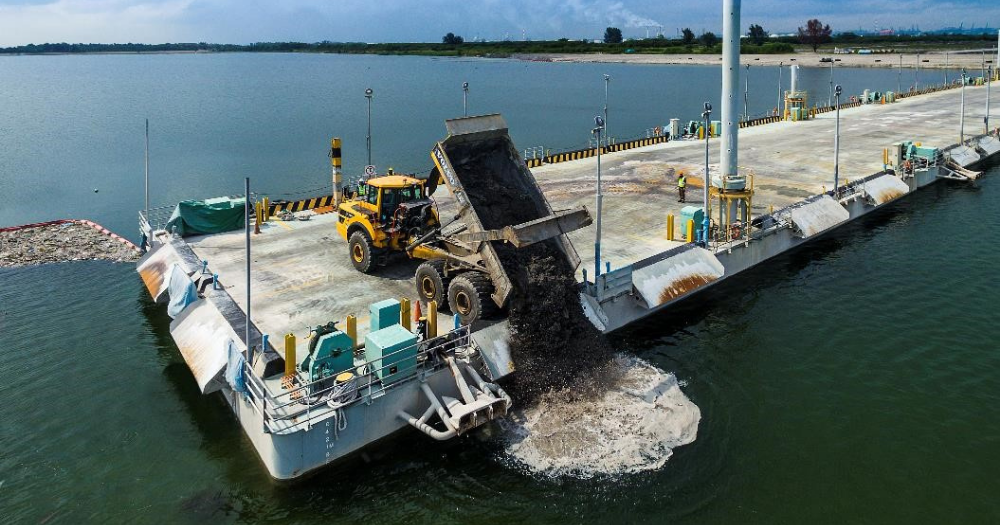
The change in construction materials and techniques in Puerto Vallarta reflects a historical process influenced by cultural, economic, and environmental factors that shaped local architecture. In the first settlements of Puerto Vallarta, especially at the end of the 19th century, houses were mainly made of wood. This was due to the abundance of trees in the mountainous region and the ease of working with this material.
These structures, known as cabins, were simple, with palm or grass roofs to protect them from the intense sun and tropical rains. Wood, although inexpensive and accessible, was vulnerable to pests and wear and tear due to the humid climate of the area. With the growth of the town and the arrival of migrants from other regions of Mexico, the use of adobe was introduced, a mixture of mud, straw, and water molded into blocks and dried in the sun.

Adobe offered key advantages: it was stronger than wood, regulated interior temperature better, and offered greater durability against rain. Many houses began to combine wood for beams and internal structures, with adobe for the walls. This design became standard during the first decades of the 20th century.
In addition, roofs evolved into terracotta tiles, which were not only functional, but also aesthetically appealing and more resistant. Tourism brought about a radical change in local architecture, especially from the 1960s onwards, when Puerto Vallarta began to gain international fame thanks to productions such as The Night of the Iguana. With this boom, more modern materials such as cement, concrete, and brick were introduced.
These materials allowed for more complex designs and larger structures, adapted to the new needs of hotels, businesses, and residences for tourists and locals. The architectural style began to include balconies, arches, terraces, and more elaborate facades. However, many buildings retained traditional elements, such as the use of tiles and wood details, to maintain the connection with the original essence of the town.
Today, Puerto Vallarta's architecture is a fusion of tradition and modernity. In the historic center, houses with red tile roofs and white facades with wood details predominate, following the guidelines to preserve the traditional character of the town. On the other hand, in the newer areas, such as Marina Vallarta or Conchas Chinas, modern designs can be seen, with materials such as glass, steel and polished concrete, which make the most of the ocean views.
This tour shows how architecture in Puerto Vallarta has evolved not only due to the availability of materials, but also in response to the cultural and economic needs of each era. In 2025, Puerto Vallarta will experience important developments in infrastructure and architecture, aimed at improving urban mobility and promoting sustainable design trends. The "2025-2026 Connection Infrastructure Road Plan" seeks to optimize connectivity between Puerto Vallarta and Bucerías, Nayarit, with an investment of more than 1,971 million pesos.
This plan includes: ● Construction of two direct accesses to the Puerto Vallarta International Airport, facilitating the connection with urban areas such as Ixtapa and Las Palmas, as well as with tourist corridors in Bahía de Banderas. ● Development of a two-lane overpass on federal highway 200, improving vehicular flow to Bucerías. ● Construction of the Amado Nervo bridge (previously known as the Federación bridge) and connecting roads, with a federal investment of 700 million pesos, strengthening communication between Jalisco and Nayarit.
● Implementation of an electric bus system on Francisco Medina Ascencio Avenue, connecting Ixtapa with downtown Puerto Vallarta, benefiting approximately 20,000 daily users and reducing pollution. Architectural Trends: Architecture in Puerto Vallarta by 2025 will focus on: ● Integration with the natural environment: Designs that harmonize with local flora and fauna, using native materials such as stone and wood, and maximizing natural light through large windows and open spaces. ● Bioclimatic architecture: Buildings strategically oriented to take advantage of natural ventilation and sunlight, incorporating sustainable technologies such as solar panels and rainwater collection systems.
● Minimalist and functional design: Spaces with clean lines and geometric shapes, neutral color palettes, and multifunctional furniture that optimizes the use of space. ● Incorporation of technology and home automation: Smart homes that allow control of lighting, air conditioning and security through mobile devices, improving energy efficiency and connectivity. Puerto Vallarta is a destination that depends on its natural environment to attract both residents and tourists.
Designs that use local materials such as stone and wood minimize the carbon footprint, since transportation costs are reduced and resources that are in the region are used. In addition, these constructions usually integrate better into the landscape without altering the ecological balance. The use of large windows and open spaces encourages natural lighting and ventilation, which reduces the dependence on electric energy for light and air conditioning, contributing to sustainability in a hot and humid climate.
The design that uses indigenous materials reflects the cultural heritage of the region and connects residents with their roots. Stone and wood evoke ancient traditions of construction, while the open spaces are reminiscent of homes that sought to take advantage of the environment to adapt to the tropical climate. This approach not only creates an authentic experience for those who live or visit the area, but also preserves the unique character of Puerto Vallarta instead of transforming it into a generic destination.
In recent years, interest in sustainable tourism has grown. Visitors are looking for experiences that respect the environment and promote the well-being of the local ecosystem. Constructions that respect flora and fauna, incorporate natural materials, and design spaces in harmony with biodiversity are perceived as added value.
This not only improves the reputation of the destination, but also positions it as a leader in ecological initiatives. In a hot region like Puerto Vallarta, techniques that maximize cross ventilation and natural shade are not only aesthetic, but functional. Homes designed with large windows and high ceilings facilitate air circulation, keeping homes cool and avoiding excessive use of air conditioning.
This not only reduces environmental impact, but also lowers energy costs. Designs that integrate nature are visually appealing and convey tranquility, elements that are increasingly valued in the modern lifestyle. These spaces allow you to enjoy views of the ocean, the jungle or the mountains, creating a refuge that combines luxury with peace and harmony.
This type of architecture revalues properties and elevates the prestige of the region. Constructions that preserve the local essence often stand out in the real estate market, attracting both investors and people looking for a deeper connection with the place where they live or vacation. The preference for this type of design reflects a global trend towards sustainable development and a more conscious lifestyle, but also responds to the cultural, climatic and economic particularities of Puerto Vallarta.
These advances reflect Puerto Vallarta's commitment to sustainable development and improving the quality of life of its inhabitants and visitors, consolidating itself as a destination that balances modernity and respect for its natural environment..















